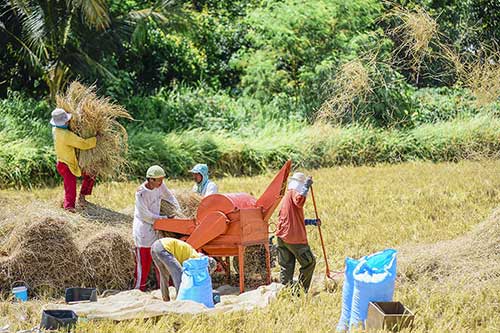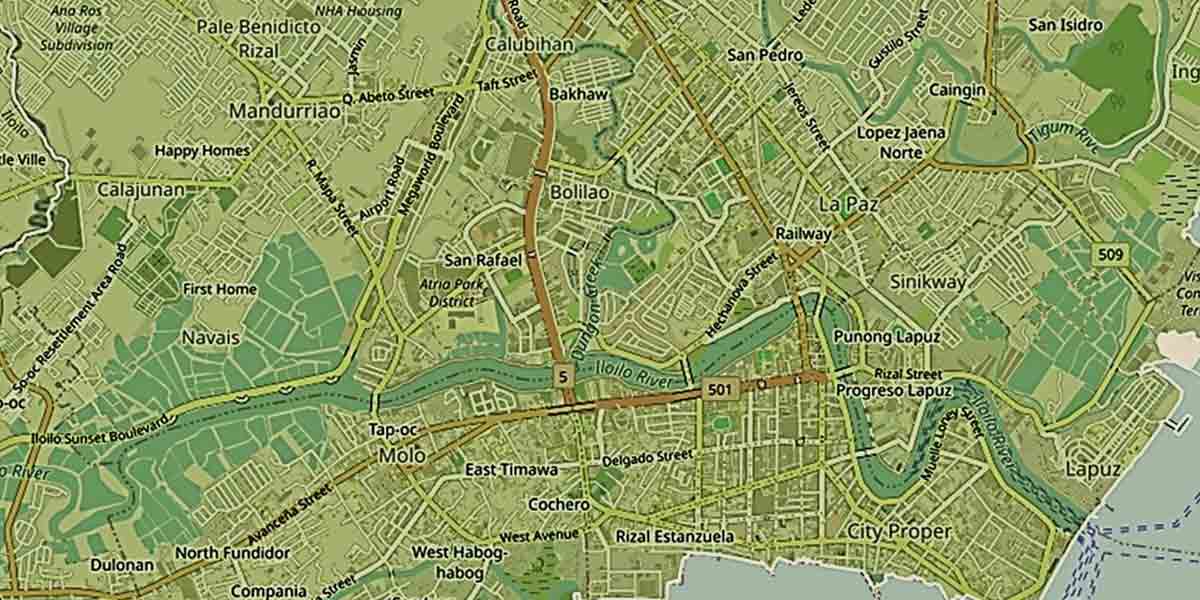
By Rjay Zuriaga Castor
Unlike grim forecasts from some quarters, the Department of Agriculture Western Visayas (DA-6) sees a silver lining in the separation of Negros Occidental and Bacolod City from Region 6.
DA-6 Director Dennis Arpia noted that aside from the initial “separation anxiety,” the change will not negatively impact food security but will boost the agricultural productivity of Western Visayas.
“That has no effect on food security; in fact, we believe it will help since there is a focus on our programs,” he said.
Arpia highlighted that the reduction in DA-6’s area of responsibility would allow for enhanced agricultural productivity on a per-hectare basis.
“The contribution of around 110 to 120 percent sufficiency in the whole Western Visayas, here in Panay Island and Guimaras, we can further increase productivity,” he said.
“If before we harvested less than 4 tons per hectare, now, with more focused attention on one area, we can significantly increase it with the help of our offices and the commitment of our farmers to embrace technology and focus on the adaptation in the use of technology,” Arpia added.
With the establishment of a separate DA regional office for the Negros Island Region (NIR), Arpia believes that Negros Occidental will have a concentrated focus on its agricultural sector, allowing NIR to realize its full potential in productivity and sustainability.
“NIR will have a new direction, and we are hoping that we will also increase their agricultural yield,” he said.
According to the Philippine Statistics Authority (PSA), Western Visayas’ economy was valued at P1.024 trillion in 2023, joining the small group of one-trillion regional economies.
The regional economy grew by 7.2 percent and ranked second-fastest, following closely the Central Visayas Region with 7.3 percent.
The region also surpassed the Regional Development Plan target growth rate of 6.0 to 7.0 percent as well as that of the National Capital Region and the national average, which stood at 4.9 percent and 5.5 percent, respectively.
Agriculture, forestry, and fishing (AFF) is the third major industry that comprised the biggest share of the region’s economy at 15.7 percent with P161.3 billion.
AFF includes the exploitation of vegetal and animal natural resources, comprising the activities of growing crops, raising and breeding animals, and harvesting timber and other plants, animals, or animal products from a farm or their natural habitats.
In the first quarter of 2024, the total palay production of Western Visayas was estimated at 648,136 metric tons (MT). Among provinces in the region, Iloilo shared 54.4 percent or more than half of the total palay production of the region. This was followed by Capiz at 20.4 percent, and Negros Occidental at 10.7 percent.
Meanwhile, the total corn production of Western Visayas was estimated at 101,658 MT. Iloilo had the highest share with 43.5 percent, followed again by Capiz at 27.5 percent, and Negros Occidental at 26.8 percent.
Arpia said the current DA-6 budget would remain unaffected since allocations are specific to their attached agencies and each province.
“The political units have simply shifted. There will be no major adjustments on our end, except that one province will now be part of a different region,” he said.
President Ferdinand Marcos Jr. signed into law a bill establishing the NIR on June 13, which unifies the provinces of Negros Occidental, including Bacolod City, Negros Oriental, and Siquijor.
The measure aims to promote administrative decentralization, strengthen local autonomy, and accelerate economic, cultural, and social development.






















